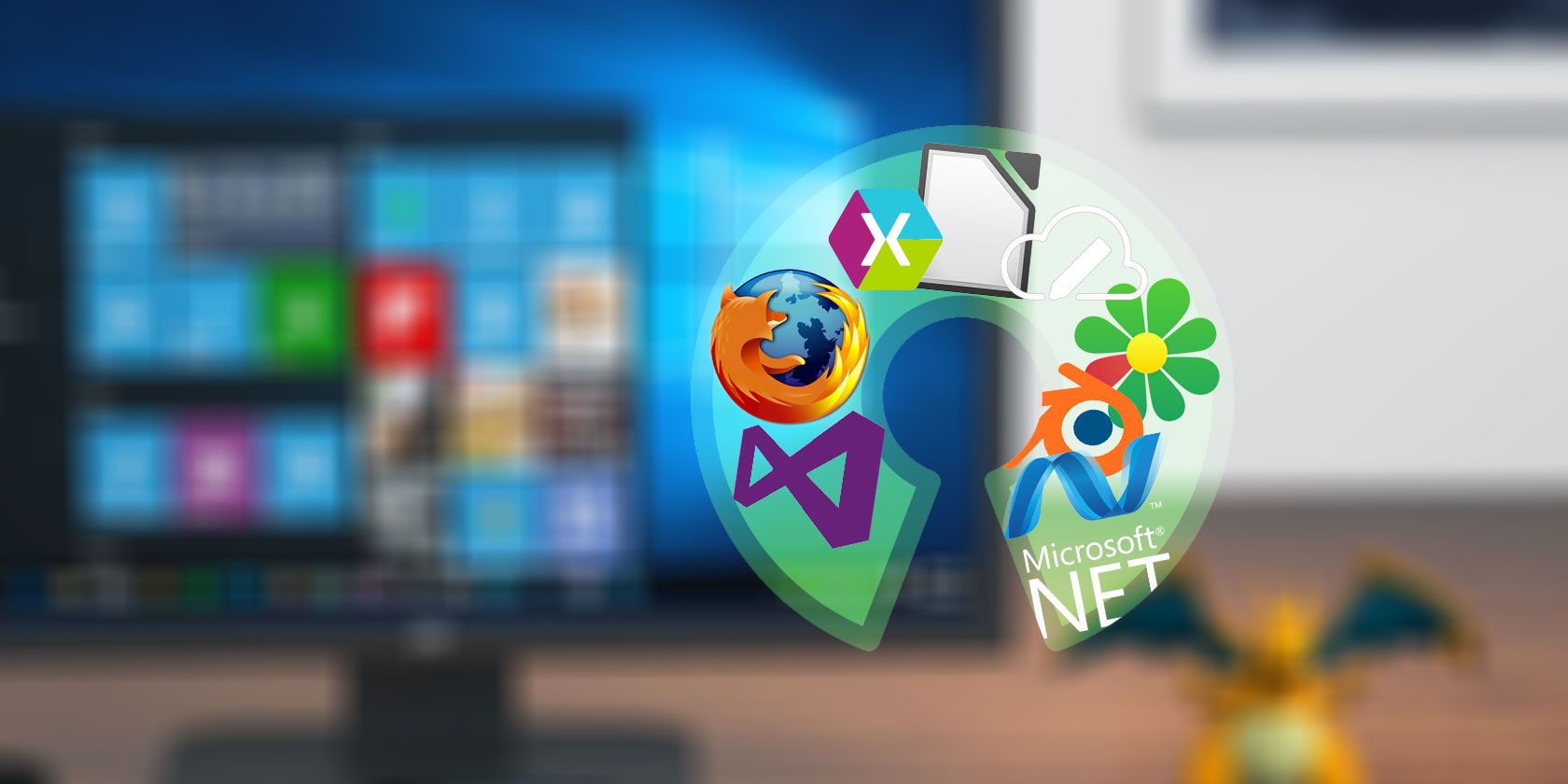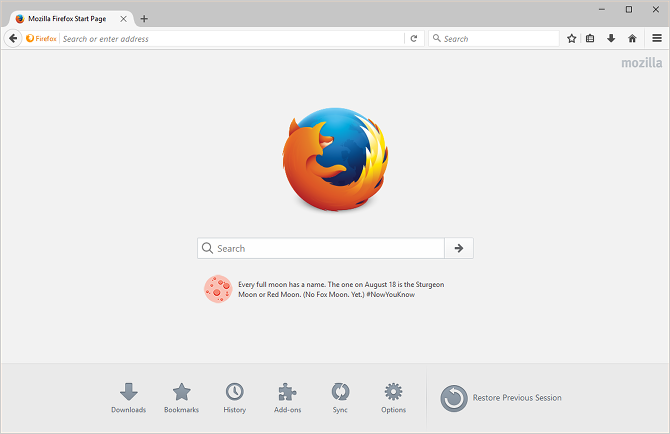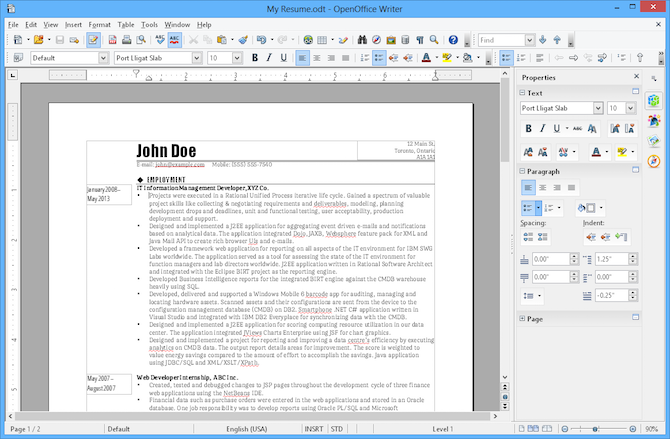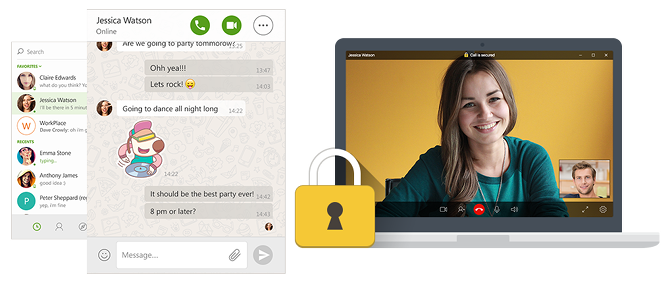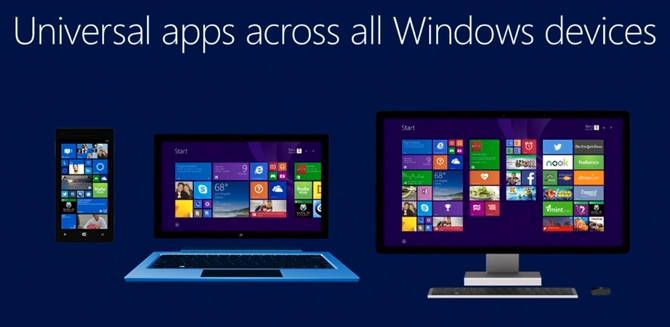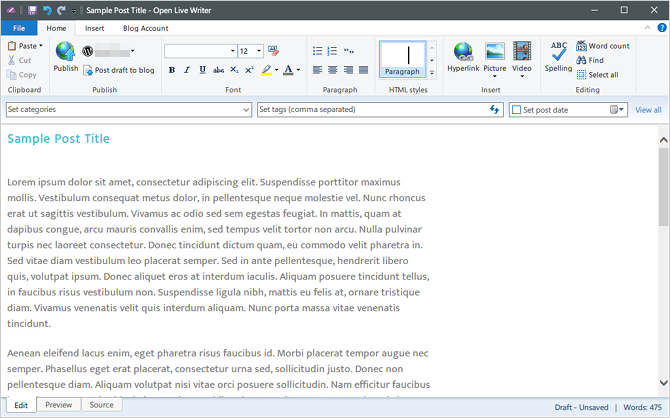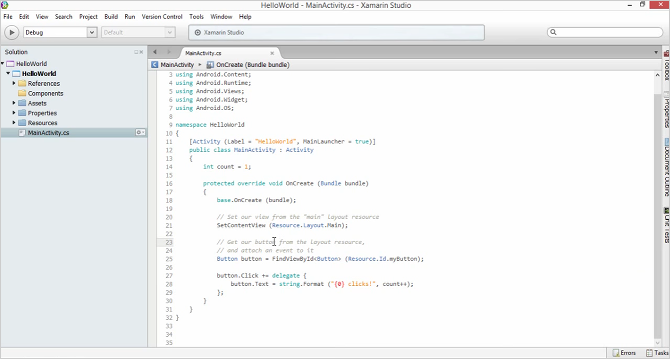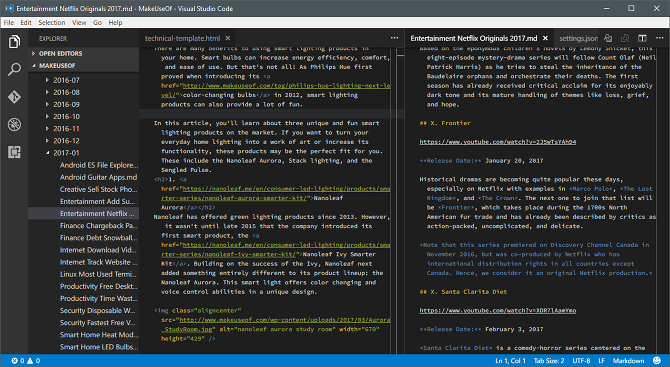Did you think the open source software movement was just a fad that peaked back in the early 2000s? Well, that's absolutely not the case. In fact, the open source movement has picked up a lot of steam over the past few years, thanks to the support of some unexpected companies.
For example, Apple open sourced the Swift programming language back in 2015. That's right: the same company who amassed billions of dollars through proprietary designs and technologies actually embraced open source, at least for this. Open source software has many benefits, and Apple is smart enough to realize that.
And they aren't the only ones! You can find dozens, even hundreds, of cases where companies released source code for once-proprietary projects -- and they usually benefited from it. Here are some of the more notable examples, many of which you'll probably recognize.
1. Mozilla Firefox
Firefox wasn't always Firefox.
Back in the 1990s, when the internet was still new and untapped, the most popular web browser was a proprietary software called Netscape Navigator. However, due to Microsoft's successful push of the world towards Internet Explorer, Netscape Navigator had all but died out in the 2000s.
In turn, Netscape Corporation moved on and created the Netscape Communicator suite of software, which was used as the basis for the Mozilla Application suite, which would eventually become the foundation for the Phoenix browser. Due to trademark pressure, Phoenix was first renamed to Firebird and eventually renamed a second time to Firefox.
2. LibreOffice
Are you surprised to see LibreOffice on this list? Indeed, LibreOffice wasn't always open source.
It started as a proprietary word processor back in 1985 under the name StarWriter, which was part of StarOffice by StarDivision. The company was later acquired by Sun Microsystems in 1999, who took the application and made it into an open source alternative for Microsoft Office, earning it the name OpenOffice.
But then Oracle Corporation came in and acquired Sun Microsystems in 2010. This prompted some OpenOffice users, who were unhappy with Oracle's history and reputation as a software developer, to fork the source code and release as LibreOffice. Now here we are today, with LibreOffice as one of the best free office suites currently available.
3. ICQ
ICQ ("I Seek You") is a popular instant messenger that launched back in 1996 and paved the way for the success of more well-known apps like AIM, YIM, and MSN Messenger. Surprisingly, ICQ is still used by over 11 million users worldwide.
Not much is known about ICQ's history, but here's what we do know: ICQ was acquired by AOL in 1998, then sold from AOL to Mail.Ru in 2010, then open sourced by Mail.Ru in 2016. Not much has come from its open sourcing, mainly because most people simply don't know or don't care about it.
In short, this move is the epitome of "too little, too late" and I don't expect ICQ to explode in popularity ever again. But it is a nice move by Mail.Ru, so they do deserve some credit.
4. Blender
Open source enthusiasts often point to Blender as an example of open source software done right. It serves as proof that open source software can be as good as professional-grade alternatives, and in Blender's case, that open source software can be better than proprietary software.
But here's the kicker: it wasn't always open source!
Blender began as an in-house animation application in 1995, was released as shareware in 1998, and was shut down in 2002 when the developing company went bankrupt. As a last-ditch effort, the lead developer ran a fundraising campaign and promised to open source Blender if the community raised €100,000. The goal was met in just a few months and Blender has been open source ever since.
Not only that, but the Blender community is more alive and active than ever. If you want to learn 3D modeling, animation, visual effects, or even video editing, check out these tutorials for getting started with Blender.
5. The .NET Framework
Five years ago, if you'd surveyed a bunch of people for companies who they thought would never embrace the open source philosophy, Microsoft likely would've topped the list. So when Microsoft open sourced the .NET Framework in 2014, everyone's jaws dropped.
To understand why this was such a monumental moment, we need to know what the .NET Framework is and why it exists in the first place.
Released back in 2002, the .NET Framework provides a ton of code that developers can use to speed up the development process. For example, if I want to create a business app, I don't have to code all the logic for drawing the window to the screen -- the framework can handle that for me. Check out our introductory guide to the .NET Framework for more details.
The downside is that .NET Framework-based code can only run on machines that have the .NET Framework Runtime Environment, and for a long time this was only available for Windows. But with the framework being open sourced, it can be ported to Mac, Linux, and other operating systems, making it possible to create cross-platform apps with one codebase.
6. Live Writer
Microsoft's foray into open source software wasn't a one-time thing. In the years since open sourcing the .NET Framework, Microsoft has done the same for several other projects, including the beloved Windows Live Writer application.
Back in the 2000s, Microsoft acquired and integrated a company called Onfolio and all of their software products. One of these applications, Onfolio Writer, was released in 2007 as Windows Live Writer, then updated annually until its last version in 2012. At that point, development ceased.
Luckily for Live Writer fans, the app was open sourced in 2015 and forked into what is now known as Open Live Writer. This is a prime example of why open source software is great for end users: if the original developers stop working on it, someone else can fork it and keep working on it.
7. Xamarin Studio
Here's a third example of Microsoft doing right by the open source community.
Xamarin Studio was a proprietary integrated development environment that simplified the process of creating Mono, Cocoa, Android, and iOS apps using C#. In early 2016, Microsoft swooped in to acquire Xamarin and all of its software products, then open sourced most of it.
Xamarin Studio itself was discontinued because most of its features were incorporated into Microsoft Visual Studio. All of the other software in the Xamarin SDK was released under the MIT License. They even took Mono, a Xamarin-led reimplementation of the .NET Framework that was licensed under GPL and LGPL, and relicensed it under MIT.
In other words, Microsoft took a well-known project whose parts were either proprietary or open sourced with restrictions and made most of it truly open source with no restrictions.
8. Visual Studio Code
Good text editors for programmers are hard to come by. Sublime Text is excellent but costs $70, and open source alternatives like Atom and Brackets have always had problems (e.g. poor performance, buggy updates, etc). It wasn't until Visual Studio Code that we could have the best of both worlds.
Note: Visual Studio Code is completely separate from Visual Studio.
Visual Studio Code first launched in June 2015 under a proprietary closed source license. But after much feedback and many requests from the community, Microsoft opened it up and released it on GitHub under the MIT License. Now it's arguably the best text editor in existence and many former Sublime/Atom/Brackets users have jumped shipped in favor of it.
I personally use it every day and I highly recommend it. If you want to get started, check out these productivity tips for Visual Studio Code users.
Open Source Software Is the Future
Proprietary software will always exist and there's no denying that. But it's fascinating to see how the open source movement is gaining ground. Want to explore even further? See our post on finding open source software for Windows.
More and more, it's becoming possible to get by on nothing but open source software. Just be sure to understand the subtle differences between "open source" and "free" software -- the two aren't synonymous, even though users tend to conflate them.
How do you feel about open source software? Do you seek it out whenever possible? Or do you prefer the better-in-general quality of proprietary apps? Share with us in a comment below!

